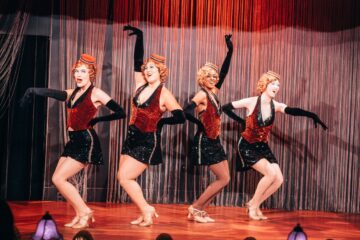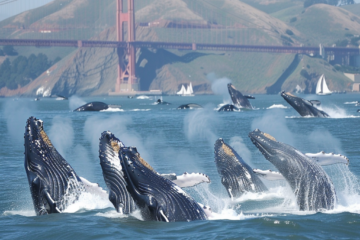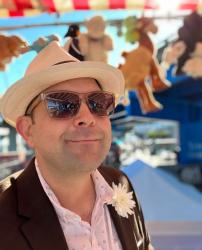The People Lost ‘People’s Park’ in Police Night Sweep
The fight lasted some 55 years, but in the end ‘the squares’ may have finally won out. Last night, hundreds of police officers in riot gear accompanied by University of California at Berkeley officials and a demolition crew descended on People’s Park after midnight to clear it out and fence it off with a massive wall of shipping containers.
Police officers are currently surrounding the treehouse and kitchen structure, and dismantling it. pic.twitter.com/5WrBQ43HNY
— Supriya Yelimeli (@SupriyaYelimeli) January 4, 2024
A university spokesman Dan Mogulof told the NYT, “We’re trying to let people leave, but if they refuse, they’re being arrested,” he said by phone from inside the police perimeter at about 2 a.m. “Everyone was offered shelter. A few took us up on it. But some of the activists are still on the site. I’m looking at a couple perched on the roof of the park bathroom and a couple in a tree fort right now.”
Workers are telling people encamped in the park that they need to leave, but offering storage or a spot at the winter drop-in shelter. At least person said they would voluntarily leave. There are about 10 tents throughout the area. pic.twitter.com/ta9o0yQQpE
— Supriya Yelimeli (@SupriyaYelimeli) January 4, 2024
Supriya Yelimeli, a journalist at Berkeleyside was on-site and posted an excellent video and editorial accounting of the night via Twitter, you should follow that account if you’d like to stay on top of things as it’s a developing story.
The last remaining park occupants in the treehouse are being escorted out. They left voluntarily on condition that they won't be arrested. pic.twitter.com/wc1wO7MS7A
— Supriya Yelimeli (@SupriyaYelimeli) January 4, 2024
Cal officials are blocking off the historic park with shipping containers as a case to build student housing there moves through the state Supreme Court, pending an environmental review. According to Berkleyside, Police cleared 50 to 100 protesters from the area and arrested 7 people.
University officials acknowledged that construction could not begin until the environmental review question was settled by the state courts, but they said that the site’s legal status as a closed construction zone had been “repeatedly affirmed.”
Activists have been fighting to keep the park an open and free space since the late sixties.
This was not the first and perhaps not the last clash over these 3 acres of land. To put it in some perspective, the first clash between police and protesters at “People’s Park” occurred in the Spring of 1969…
The beginning of People’s Park
The University of California has been trying to turn this patch of land into student housing since 1969, when the space was merely an abandoned parking lot owned by the UC on the south side of campus. “In spring 1969, a small group of locals—spearheaded by Mike Delacour, a former defense contractor employee turned anti-war activist and a number of former Free Speech Movement activists, New Left radicals, and hippies—decided to take back the empty lot and create a park.”
You can read all about the early history of People’s Park via the Oakland Museum of CA archives. “People’s Park Fights UC Land Use Policy; One Dead, Thousands Tear Gassed”.
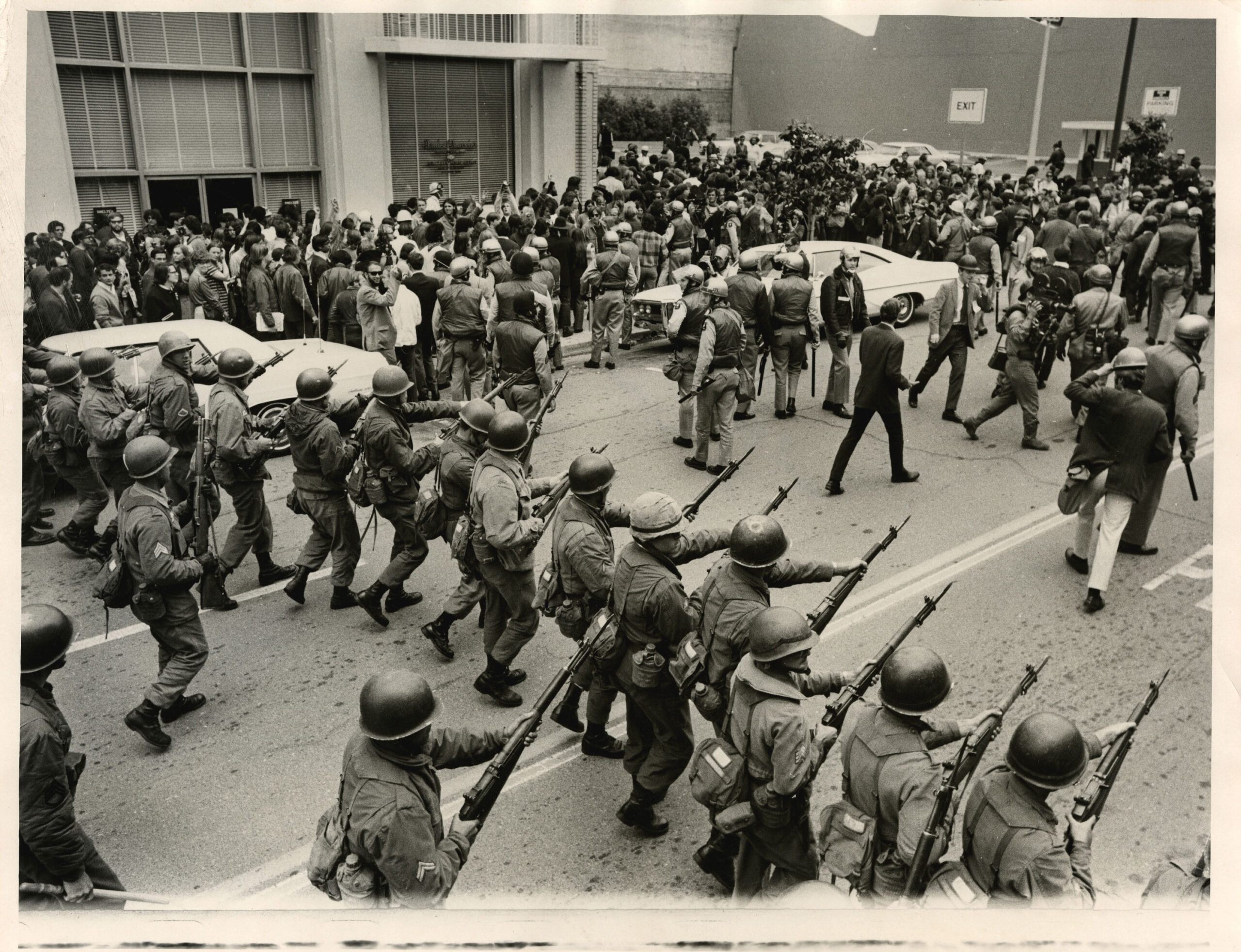
Student protest, University of California, Berkeley, National Guard. May 22, 1969. Lonnie Wilson, photographer. Gelatin silver print. Collection of Oakland Museum of California. The Oakland Tribune Collection. Gift of Alameda Newspaper Group.
“At 4.30 a.m. on the morning of the Regent meeting, Heyns called for California highway patrolmen to surround the park. By noon, thousands gathered a rally at Sproul Plaza on an unrelated topic—the Arab-Israeli conflict—when student body president Dan Siegel urged the crowd to take back the park. The crowd surged forward and marched down Telegraph Ave where police, who fired tear gas and birdshot at the demonstrators, blocked all entrances to the park.”
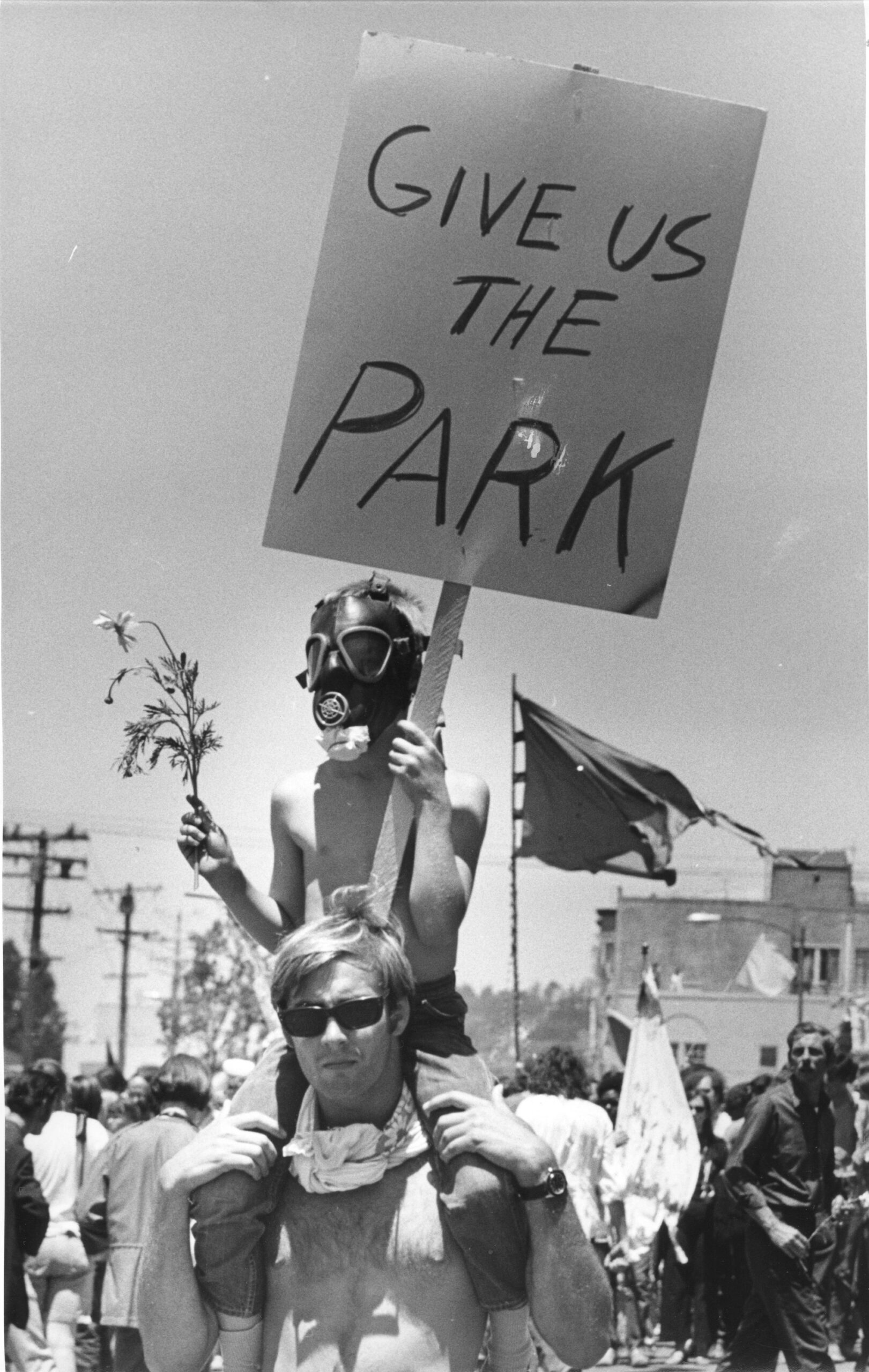
Protestors holding sign, “Give us the Park”. May 30, 1969. Howard Erker, photographer. Gelatin silver print. Collection of the Oakland Museum of California. The Oakland Tribune Collection. Gift of ANG Newspapers.
For an additional 17 days after the initial protest where a man died and hundreds were injured, the California State troops patrolled Berkeley with bayonets and guns in hand.
Berkeley residents were living under martial law with an imposed curfew. Groups of three or larger were not permitted to congregate in public places. Police and guardsmen confiscated cameras. Streets leading in and out of the city were blocked and the worst was yet to come.
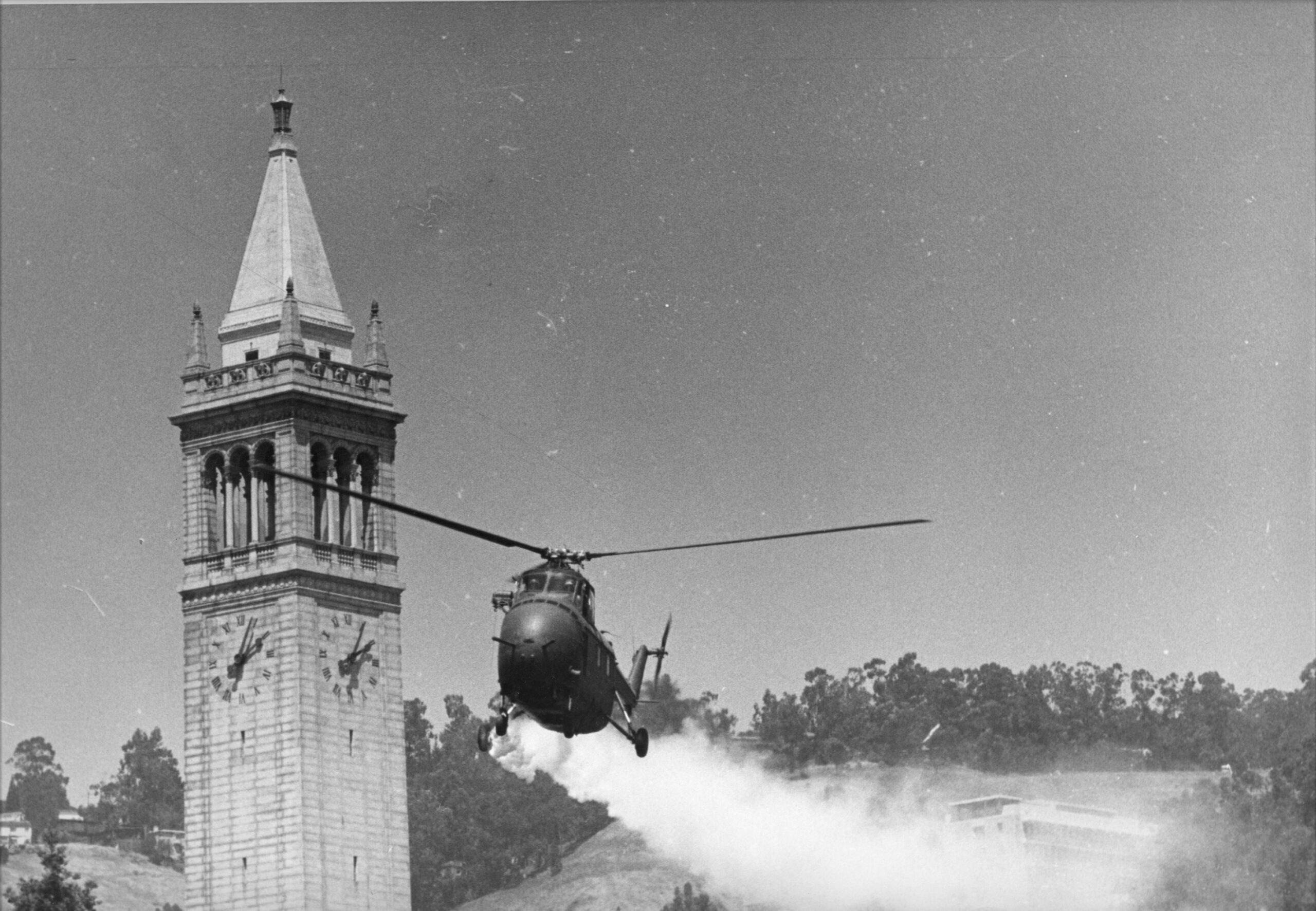
Helicopter sprays tear gas on demonstrators on University of California, Berkeley campus. May 20, 1969. Lonnie Wilson, photographer. Gelatin silver print. Collection of the Oakland Museum of California. The Oakland Tribune Collection. Gift of ANG Newspapers.
Via – Oakland Museum of CA archives: “The lowest point of the struggle occurred on the afternoon of May 20, 1969. Several thousand people appeared on campus at Sproul Plaza for a memorial honoring James Rector, the student who had been killed in the initial riot. As the large but peaceful crowd gathered, National Guard units formed a long line down Bancroft Ave and sealed off the campus. Overhead, helicopters released tear gas, spraying the trapped crowd on Sproul Plaza. The crowd panicked, desperate to break through the police lines. The noxious stench reached Cowell Hospital, endangering patients. It caused skin burns on swimmers in the pool at Strawberry Canyon nearly a mile past campus.”
People’s Park present day
updated 830 am 1/4/2024
As of early this morning Thursday, January 4, 2024, seven activists had been arrested on misdemeanor charges of trespassing and failure to disperse, they have already been cited and released.
Of the eight homeless people who were in the park when the authorities arrived, according to the Cal spokesman, three accepted offers of transitional housing, and the rest left voluntarily.
A plan to build 1,100 new units of student housing and 125 units of supportive housing for homeless people on part of the park site. About 60% of the site would remain green space, with commemorative exhibits about the park’s history. The CAL spokesmen also said that the city and university have spent more than $6 million to lease motel space and move homeless people occupying the park into it since 2022.
Here's what UC Berkeley’s massive People’s Park barricade looks like ahead of a planned protest.
Read more: https://t.co/GZ6iuk5YkQ
📹: @BronteWittpenn pic.twitter.com/ZzpE59tke8
— San Francisco Chronicle (@sfchronicle) January 4, 2024
The chancellor of U.C. Berkeley, Carol Christ, said in a prepared statement:
“Given that the existing legal issues will inevitably be resolved, we decided to take this necessary step now, in order to minimize disruption for the public and our students when we are eventually cleared to resume construction. Unfortunately, our planning and actions must take into account that some of the project’s opponents have previously resorted to violence and vandalism,” she said, “despite strong support for the project on the part of students, community members, advocates for unhoused people, the elected leadership of the City of Berkeley, as well as the legislature and governor of the state of California.”

Howdy! My name is Katy Atchison and I'm an Associate Editor for Broke-Ass Stuart.
I want to take the time to say thank you for supporting independent news media by reading BrokeAssstuart.com. Supporting independent news sources like Broke-Ass Stuart is vital to supporting our community because it amplifies the voices of a wide variety of diverse opinions. You also help support small businesses and local artists by sharing stories from Broke-Ass Stuart.
Because you're one of our supporters, I wanted to send over a pro-tip.
Our bi-weekly newsletter is a great way to get round ups of Broke-Ass Stuart stories, learn about new businesses in The Bay Area, find out about fun local events and be first in line for giveaways.
If you’d like to get our newsletter, signup right here, it takes 5 seconds.




